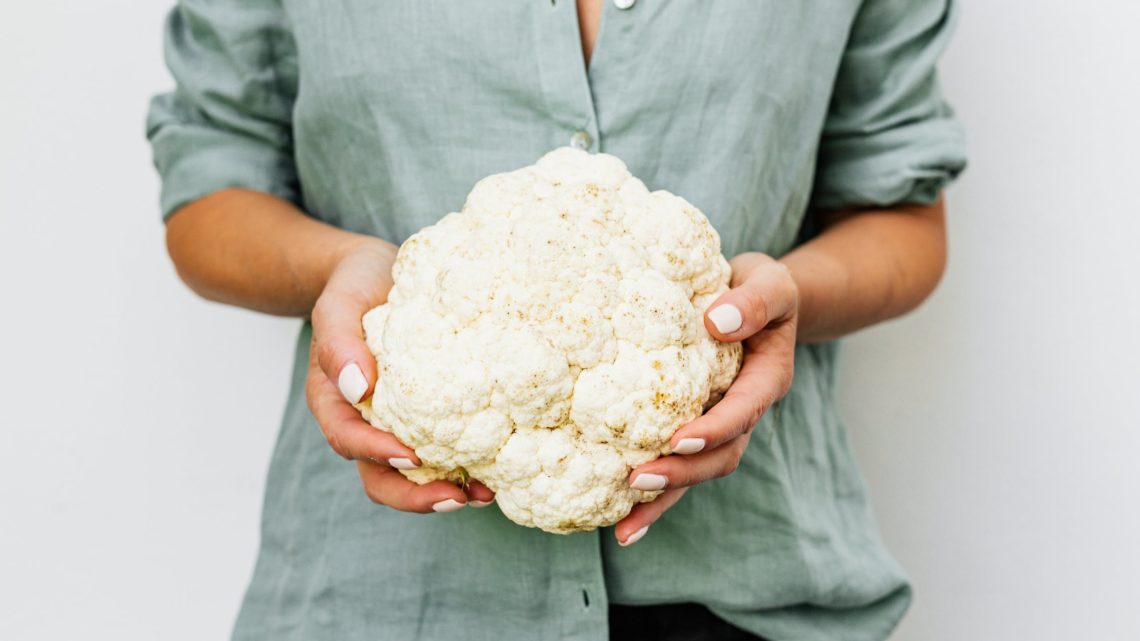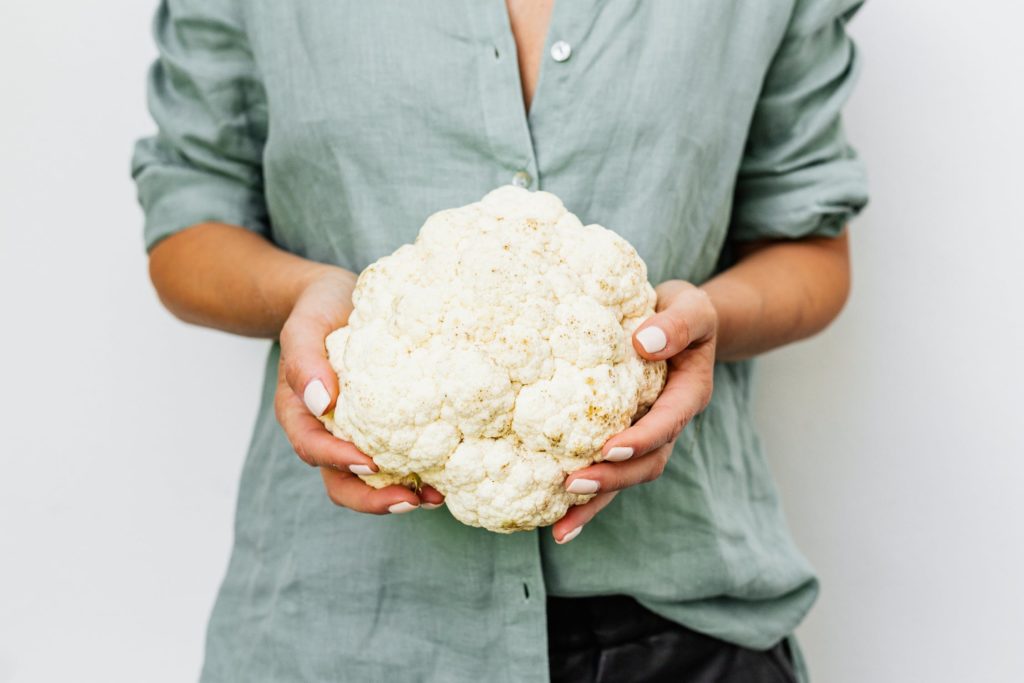
Cooking cauliflower
Cauliflower is a versatile vegetable that has been enjoyed by food enthusiasts for centuries. Originally hailing from the Mediterranean, cauliflower is a member of the brassica family and is closely related to broccoli, cabbage, and Brussels sprouts. It is a cool-season crop that is grown in many parts of the world, including Europe, Asia, and North America.
The origin of Cauliflower
Cauliflower is believed to have originated in the Mediterranean region, particularly in the area that is now modern-day Turkey and Italy. Its cultivation dates back thousands of years, with historical evidence suggesting that it was grown by ancient civilizations such as the Greeks and Romans. It is also believed that cauliflower was introduced to India in the 16th century by Arab traders, where it became a popular vegetable in Indian cuisine. Today, cauliflower is grown in many parts of the world, including Europe, Asia, and North America, and is enjoyed by food enthusiasts around the globe.
Growing and harvesting cauliflower
Cauliflower is a cool-season crop that requires specific growing conditions to thrive. Here are some detailed explanations about the key factors to consider when growing cauliflower:
Soil: Cauliflower prefers a well-draining soil that is rich in organic matter. The soil should be prepared by adding compost or other organic material to improve its nutrient content and drainage. It is also recommended to test the soil pH level and adjust it if necessary, as cauliflower prefers a slightly acidic soil with a pH of around 6.5 to 7.0.
Temperature: Cauliflower prefers cool temperatures and should be planted in the fall or early spring, depending on the local climate. The ideal temperature range for growing cauliflower is between 60 and 65 degrees Fahrenheit (15 to 18 degrees Celsius). If the temperature is too warm, the plant may not form a large head or may bolt, which means it will prematurely produce flowers instead of a head.

Watering: Cauliflower plants require consistent watering to maintain even soil moisture throughout the growing season. They should be watered deeply once a week, and more frequently during hot and dry periods. Overwatering can lead to root rot, so it is important to monitor the soil moisture level and adjust the watering schedule as needed.
Fertilizer: Cauliflower plants require regular fertilization to ensure proper growth and development. A balanced fertilizer with equal amounts of nitrogen, phosphorus, and potassium should be applied every two weeks. It is also recommended to apply a side dressing of nitrogen-rich fertilizer halfway through the growing season to encourage the development of a larger head.
Harvesting: The cauliflower head is ready for harvest when it reaches its full size and is firm to the touch. It is important to harvest the head before it starts to loosen and separate into individual florets. The head should be cut off using a sharp knife, leaving a few inches of stem attached. If the plant is left in the ground for too long, the head may become discolored or bitter in taste.
Cooking cauliflower
Cauliflower is a delicious and nutritious vegetable that can be prepared in a variety of ways. It can be roasted, boiled, steamed, or even eaten raw. One popular way to enjoy cauliflower is to make a creamy cauliflower soup by pureeing the cooked vegetable with vegetable broth and cream. Another tasty recipe is to make cauliflower rice by pulsing the raw cauliflower in a food processor and cooking it with olive oil, salt, and pepper.
For a heartier meal, try making cauliflower steaks by slicing the vegetable into thick pieces and roasting it with garlic and parmesan cheese. Another delicious option is to make cauliflower crust pizza by blending cooked cauliflower with almond flour, cheese, and spices, then baking it into a crust and adding your favorite toppings.
Common recipes for cooking cauliflower
Roasted Cauliflower: One of the easiest ways to cook cauliflower is by roasting it in the oven. Simply toss cauliflower florets with olive oil, salt, and pepper, and roast in the oven at 425 degrees Fahrenheit (218 degrees Celsius) for about 20-25 minutes, until golden brown and tender. You can also add other seasonings such as garlic powder, paprika, or Parmesan cheese for extra flavor.
Cauliflower Soup: Creamy cauliflower soup is a comforting and nutritious meal that is easy to make. Simply sauté onion and garlic in butter or olive oil, add chopped cauliflower and vegetable broth, and simmer until the cauliflower is tender. Then, puree the mixture until smooth using an immersion blender or a regular blender. Add cream, salt, and pepper to taste, and garnish with chopped parsley or croutons.
Cauliflower Rice: Cauliflower rice is a low-carb and grain-free alternative to traditional rice. Simply pulse cauliflower florets in a food processor until they are finely chopped, then sauté the cauliflower in a pan with olive oil, garlic, and your choice of seasoning. You can use cauliflower rice as a base for stir-fry, as a side dish, or as a substitute for rice in any recipe.
Cauliflower Gratin: A delicious and indulgent way to enjoy cauliflower is by making a cauliflower gratin. Simply blanch cauliflower florets in boiling water for a few minutes, then arrange them in a baking dish. Cover with a sauce made from butter, flour, milk, and cheese, then bake in the oven at 375 degrees Fahrenheit (190 degrees Celsius) until golden and bubbly.
Cauliflower Tacos: For a plant-based twist on traditional tacos, try using roasted cauliflower as the filling. Simply toss cauliflower florets with olive oil and taco seasoning, then roast in the oven at 425 degrees Fahrenheit (218 degrees Celsius) for about 20-25 minutes. Serve the roasted cauliflower in warm tortillas with your favorite toppings such as avocado, salsa, and cilantro.

Nutritional value of the cauliflower
Cauliflower is also a powerhouse of nutrition. It is low in calories and high in fiber, vitamins C and K, and folate. It also contains sulforaphane, a compound that has been linked to potential cancer-fighting properties. Overall, cauliflower is an excellent addition to a healthy and balanced diet.
Cauliflower is a highly nutritious vegetable that offers numerous health benefits. Here are some detailed explanations of the nutritional value of cauliflower:
Low in calories: Cauliflower is a low-calorie vegetable, making it a great option for weight management. One cup of chopped raw cauliflower contains only about 25 calories.
High in fiber: Cauliflower is a good source of dietary fiber, which can help promote healthy digestion and regulate blood sugar levels. One cup of chopped raw cauliflower contains about 3 grams of fiber.
Vitamins C and K: Cauliflower is an excellent source of vitamin C, which is a powerful antioxidant that helps boost the immune system and protect against disease. One cup of chopped raw cauliflower contains about 77% of the daily recommended intake of vitamin C. Cauliflower is also a good source of vitamin K, which plays a role in blood clotting and bone health.
Folate: Cauliflower is a good source of folate, which is a B-vitamin that is essential for cell growth and development. Adequate folate intake is particularly important for pregnant women to prevent birth defects. One cup of chopped raw cauliflower contains about 14% of the daily recommended intake of folate.
Sulforaphane: Cauliflower contains a compound called sulforaphane, which has been linked to potential cancer-fighting properties. Sulforaphane is formed when cauliflower is chopped or chewed, and it activates enzymes in the body that can help detoxify carcinogens and protect against cancer.
–
Experience World Food is your one stop to find your food tour.